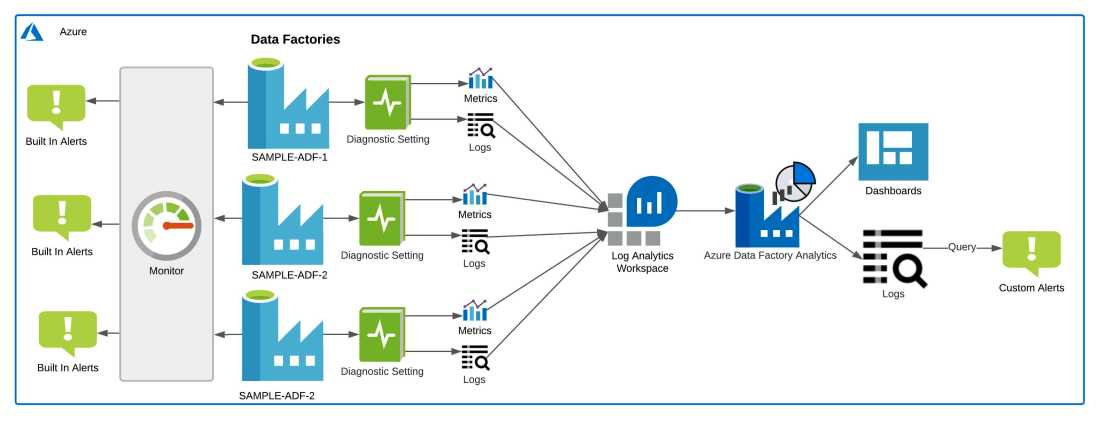Introduction In today's data-driven world, businesses are constantly seeking ways to harness the power of their data for strategic decision-making. As organizations evolve and embrace modern data warehousing solutions, integrating data from diverse sources becomes crucial. In this blog post, we will explore how to unlock valuable data insights by seamlessly transferring data from SAP … Continue reading Unlocking Data Insights: SAP ECC to Snowflake Integration with Qlik on Azure Cloud
Tag: Azure
The ultimate Snowflake migration checklist
Migration to a new data platform can be a complex and time-consuming process. To ensure a successful migration, it's important to have a well-defined plan and a checklist in place. In this blog, I will outline my own Snowflake migration checklist created based on my experience helping customers migrating their workloads to Snowflake, a cloud-based … Continue reading The ultimate Snowflake migration checklist
Custom Email Notification In Azure Data Factory
Problem How to send an email from Azure Data Factory pipeline with a custom message body using gmail as email provider? Azure Data Factory does not allow us to send emails. It is possible to send alerts (emails) in ADF but these do not provide any clarity\customization on the message subject and body. Recently, I … Continue reading Custom Email Notification In Azure Data Factory
Azure Data Factory – Self Hosted IR (Scaling, Best Practices and Disaster Recovery Solutions)
We are going to explore following about Self Hosted Integration runtime for Azure Data Factory When and How to scale Self Hosted IR for Data Factory?Some best practices you should consider for Self Hosted IRDisaster Recovery Solutions for Self Hosted IR Scaling of Self Hosted IR Identifying Self Hosted IR bottlenecks How do we know … Continue reading Azure Data Factory – Self Hosted IR (Scaling, Best Practices and Disaster Recovery Solutions)
Monitoring Azure Data Factory, Self Hosted IR and Pipelines
Architecture Diagram For effectively monitoring ADF pipelines we are going to use Log Analytics, Azure Monitor and Azure Data Factory Analytics Solution. The above illustration shows the architectural representation of the monitoring setup. The details of setting up log analytics, Alerts and Azure Data Factory Analytics Solution are further discussed in this section. Send to … Continue reading Monitoring Azure Data Factory, Self Hosted IR and Pipelines
SQL Server Distributed Availability Group with forwarder in Microsoft Azure
Architecture Diagram To create a distributed availability group, you need two availability groups each with its own listener. You then combine these availability groups into a distributed availability group. In this case one availability group is on-premises and other needs to be created on Microsoft Azure. This example doesn't cover all of the details like, … Continue reading SQL Server Distributed Availability Group with forwarder in Microsoft Azure

